In the southeastern corner of China’s Guangdong province, where rivers meet the South China Sea, lies Shantou, a coastal city quietly glowing with stories of migration, trade, and heritage. Known as one of China’s earliest treaty ports and a key hub of Chaoshan culture, Shantou is a place where the past feels as present as the gentle sea breeze. It’s not a city that rushes to impress, but one that reveals its charms gradually—through delicate flavors, intricate customs, and the echoes of journeys that began across oceans.
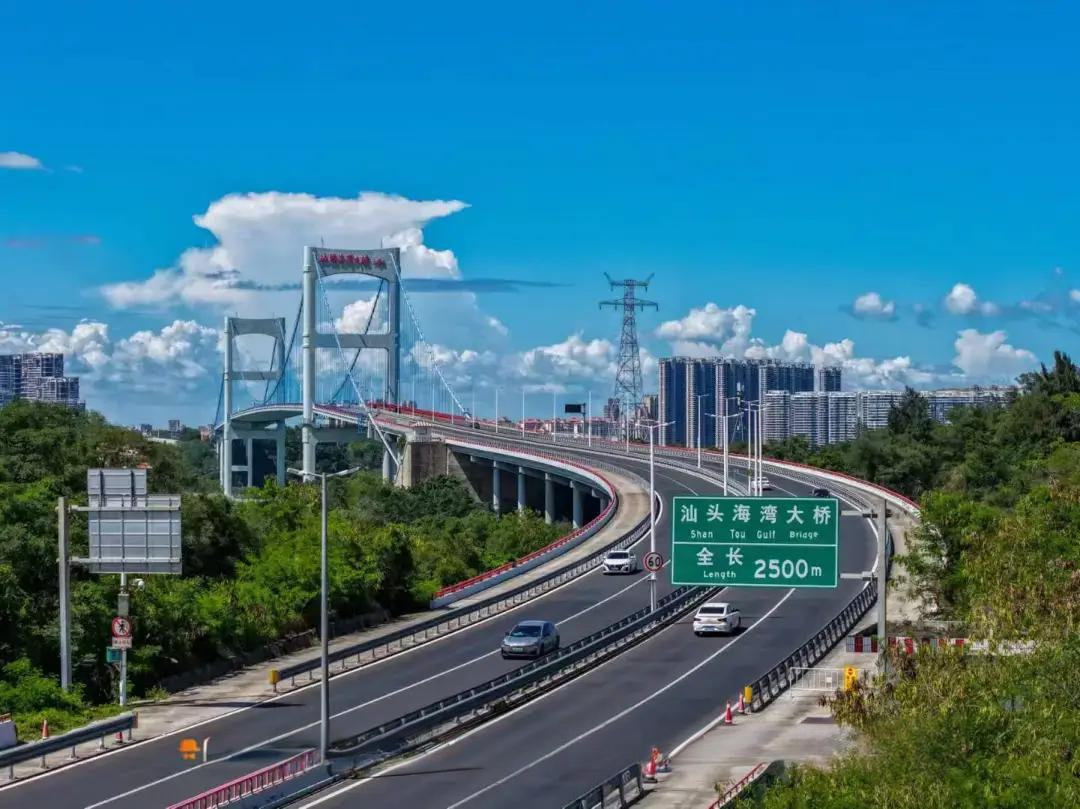
A City of Overseas Dreams: Shantou’s Overseas Chinese Heritage
Shantou holds a special place in the hearts of Overseas Chinese, particularly those from the Chaoshan region. In the late Qing Dynasty, many locals set sail from Shantou’s harbors, seeking fortunes in Southeast Asia, especially in Thailand, Malaysia, Singapore, and Indonesia. They left with uncertainty but carried their culture like an heirloom, giving birth to vibrant Chaoshan communities abroad.
Today, their legacy is palpable in Shantou’s architecture and philanthropic footprints. Walking through Queshi Scenic Area or the Shantou Small Park (Xiaogongyuan), you’ll find traces of this era—arcades, western-style facades, and mansions funded by returning overseas merchants. The Shantou Overseas Chinese Museum further documents these migrations with heartfelt stories, photos, and artifacts, allowing visitors to trace the emotional geography of departures and returns.
Where History Breathes in Chaoshan Culture
Shantou is the living canvas of Chaoshan culture, an identity shared with the nearby cities of Chaozhou and Jieyang. Here, the Teochew dialect sings through markets and teahouses, while traditions of etiquette, ancestral reverence, and delicate craftsmanship define daily life.
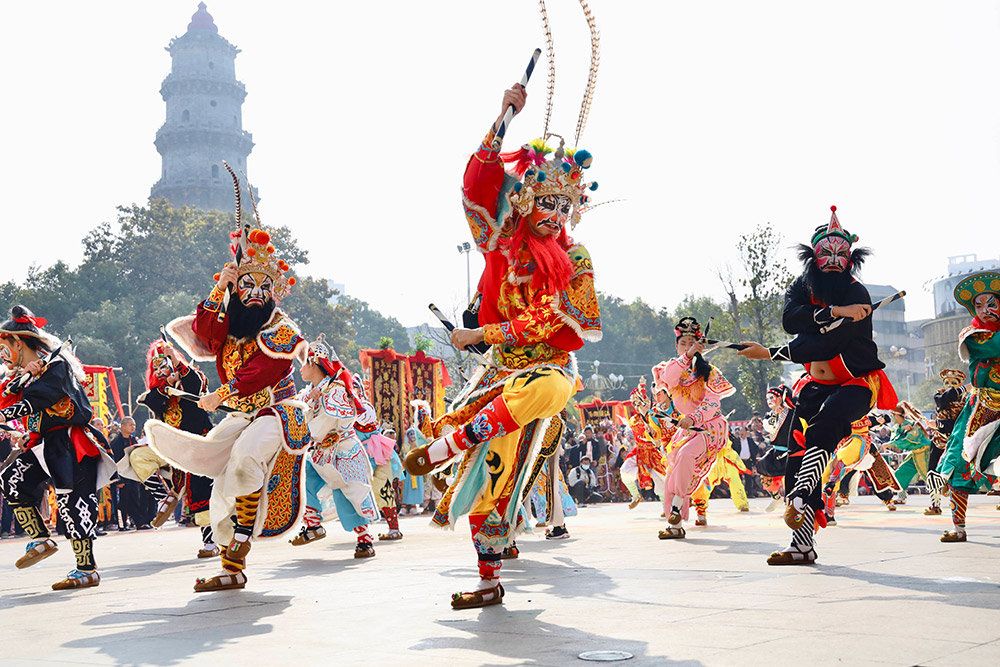
The essence of Chaoshan culture is perhaps most gracefully captured in the Kungfu Tea ceremony. Sipping these concentrated brews isn’t just about the drink—it’s about patience, social bonds, and the ritual of time itself. In Shantou’s old streets, especially in Chen Cihong’s Former Residence in nearby Chenghai, you’ll find exquisite wood carvings and architectural details that embody Chaoshan’s aesthetics—refined, disciplined, yet always warm.
Shantou’s historical landmarks also include the Zhongshan Park, built to commemorate Sun Yat-sen, and various ancient temples that still serve as cultural hubs. Exploring these spaces is like leafing through a living history book where the pages are written in stone, wood, and incense smoke.
A Taste of Chaoshan: Shantou’s Culinary World
No visit to Shantou is complete without surrendering to its famous Chaoshan cuisine, a gastronomic tradition known for its light, fresh, and intricate flavors. This is a city where food feels like poetry written on a plate.
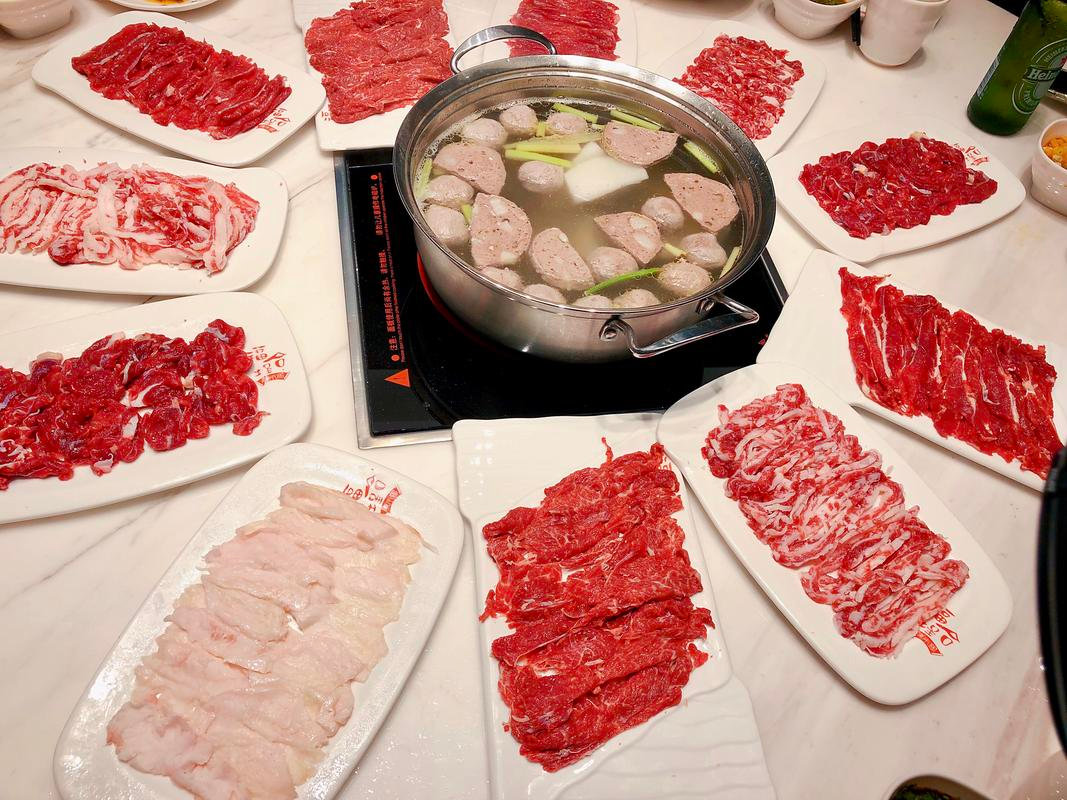
Begin with beef hotpot, a beloved Shantou specialty. Unlike the fiery broths of Sichuan, Chaoshan beef hotpot emphasizes thin slices of marbled beef cooked gently in a clear broth, accompanied by a symphony of dipping sauces. The beef is sliced so thin that it cooks in mere seconds, capturing the essence of the meat without distraction.
Then there is Chaozhou-style congee (Mue), a delicate rice porridge often accompanied by pickled vegetables and braised delicacies, and the tender braised goose, its skin glistening with savory goodness.
For snacks, try Shantou rice rolls (Chang Fen), silky sheets of rice noodles wrapped around fillings, or Fish Ball Soup, where fish paste is crafted into smooth, springy balls floating in clear broth. Don’t forget the Oyster Omelet, a crispy, chewy, and briny delight, often served in bustling night markets like Shantou Xicun Night Market.
Teahouses remain integral here, where locals gather for hours over small cups of Tieguanyin or Dancong oolong tea, discussing everything from family matters to business ventures. In this part of China, drinking tea is not just a refreshment—it is a ritual of community and connection.
Coastal Beauty and Natural Landscapes
Shantou’s beauty isn’t just cultural—it’s geographical. The city is blessed with a blend of rivers, islands, and coastal views that invite quiet exploration.
One of the most beloved escapes is Nan’ao Island, a peaceful retreat just off the coast, linked by the elegant Nan’ao Bridge. Here, pristine beaches, clear waters, and gentle hills make the perfect backdrop for seafood feasts, fort visits like the Nan’ao General Headquarters, and leisurely strolls along the shore. The island also carries centuries of maritime history, visible in its traditional villages and sacred temples.
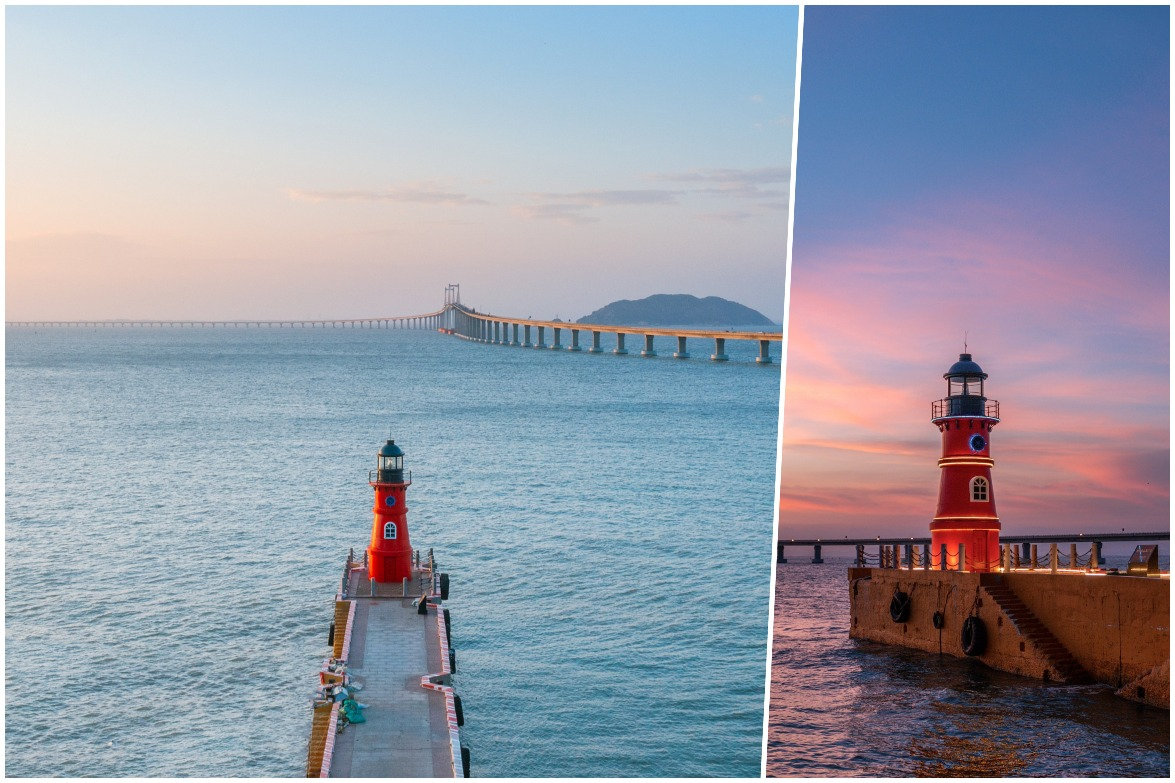
Back in the city, the Shantou Small Park (Xiaogongyuan) stands as a nostalgic landmark of Shantou’s modern history. Surrounded by colonial-era buildings, this area was once the commercial heart of the port, and today it remains a photogenic blend of East and West.
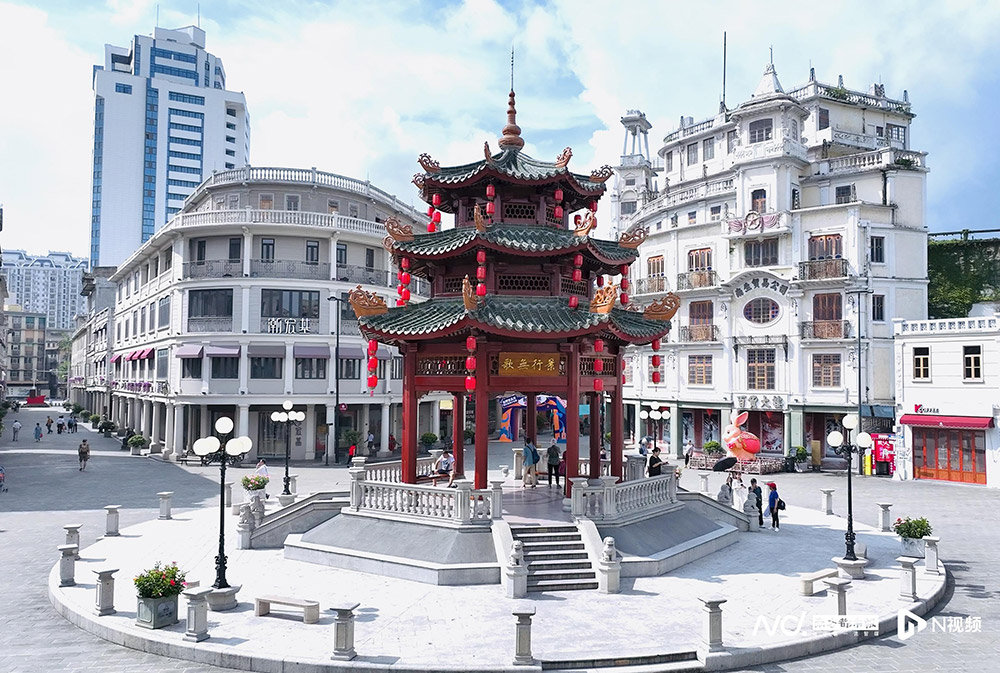
The Queshi Scenic Area offers rugged beauty with its granite cliffs, sea caves, and panoramic views of Shantou’s coastline. Hiking trails wind through the area, leading visitors to historic pavilions and quiet spots for reflection.
For a glimpse into Shantou’s rich merchant past, Chen Cihong’s Former Residence in Chenghai is a must-see. This grand estate reflects a fusion of architectural influences, with sprawling courtyards, intricate wood carvings, and artfully designed living spaces.
On the urban waterfront, the East Coast New Town (Donghaian) presents a modern face of Shantou with its promenades, parks, and coastal attractions, offering a scenic contrast to the city’s old quarters.
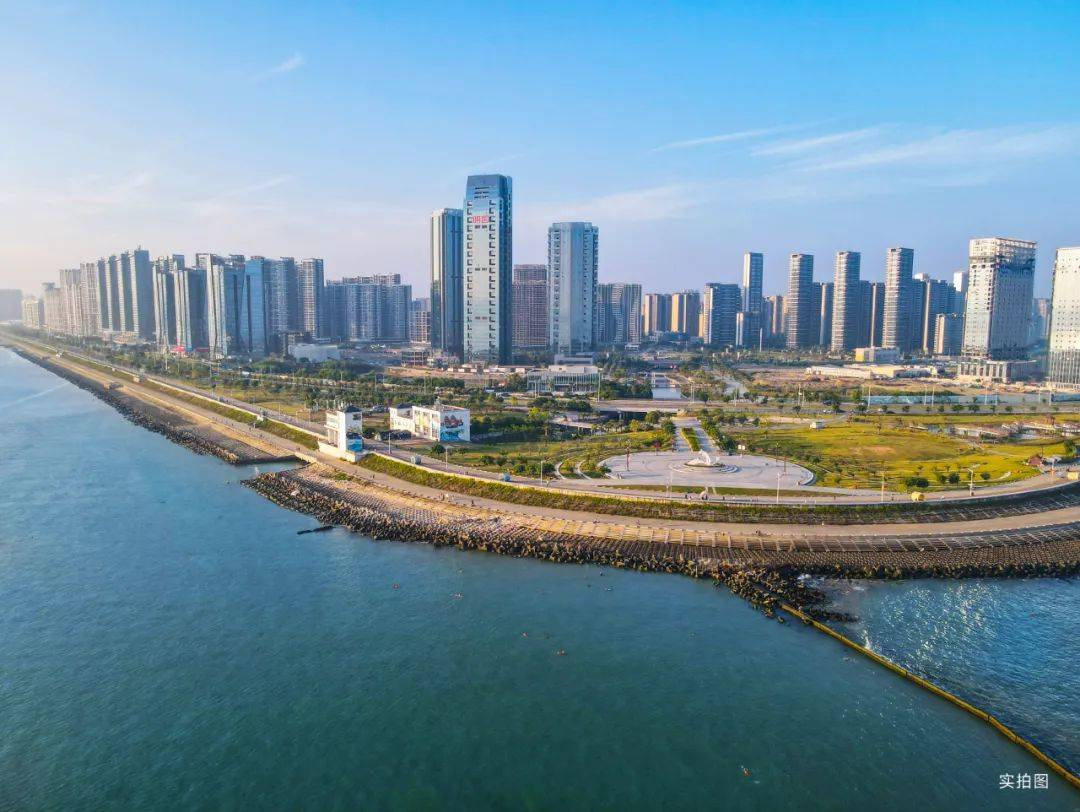
The Chaoshan History and Culture Exhibition Center provides a deeper understanding of the region’s heritage, showcasing artifacts, models, and exhibitions that narrate the story of Chaoshan’s evolution through time.
These landmarks together weave a tapestry of Shantou’s identity—where every site, whether natural or historical, feels like another verse in the city’s ongoing poem.
A City of Layered Stories
Shantou may not be as famous as nearby Guangzhou or Shenzhen, but it carries a distinct rhythm—one that feels both nostalgic and alive. Here, Overseas Chinese legacies, Chaoshan traditions, and culinary masterpieces meet against the backdrop of sea and stone.
Visiting Shantou is like having a long, leisurely conversation with a city that remembers everything—every departure, every return, every tea poured. And in between those memories, you’ll find yourself quietly enchanted.
Contact us today to craft your dream China adventure!

